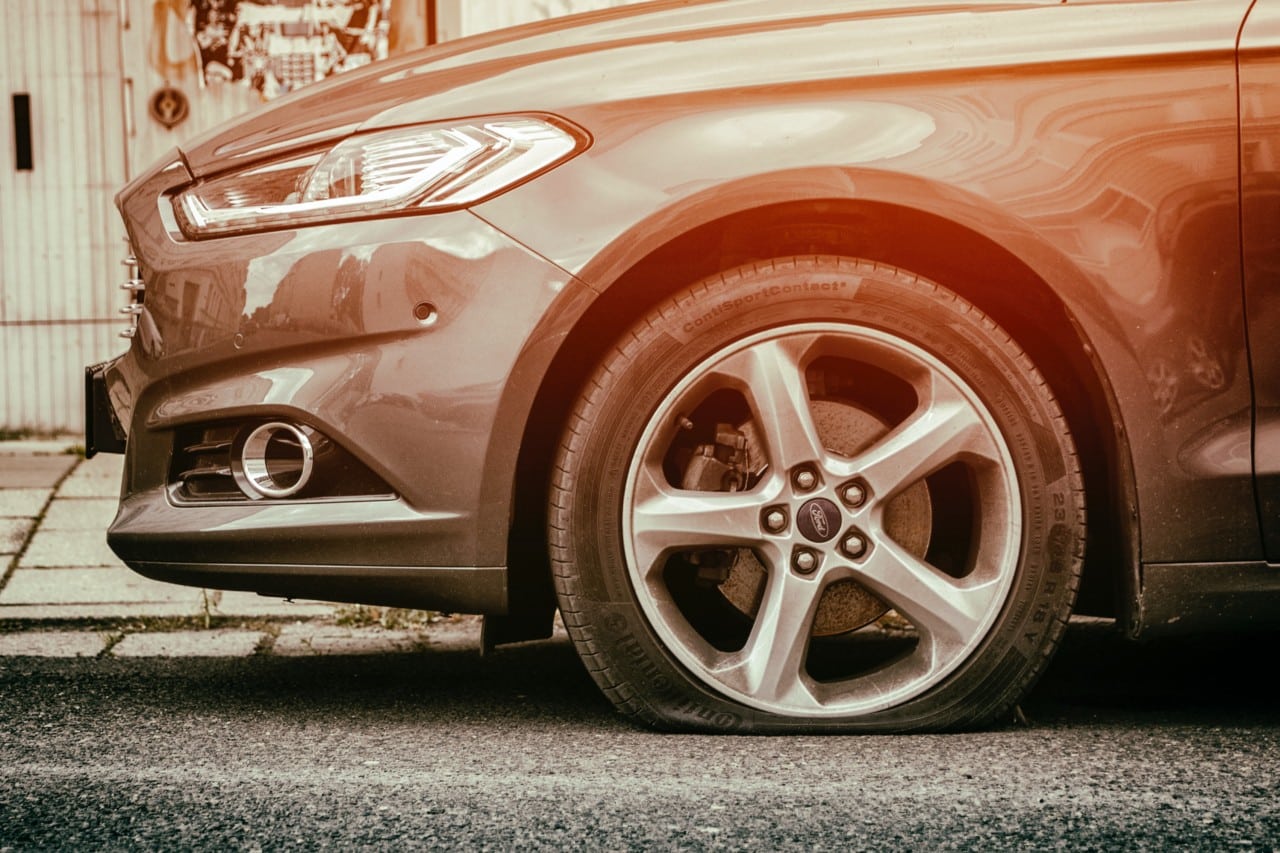
The Two Most Common Roadside Emergencies And How You Can Be Prepared
When it comes to roadside emergencies, you can never be too prepared. While there are many, possible unexpected circumstances you can experience on the road, there are two common emergencies we should always be prepared for: a flat tire and a dead battery.
Keep reading to learn some helpful tips for roadside emergencies and what you should do when dealing with either of these two situations.
How to Handle the 2 Most Common Roadside Car Emergencies
Two of the most common car emergencies include:
Changing a Flat Tire
Even though flat tires don’t seem that bad compared to other emergencies, they can lead to potentially dangerous situations.
Prevention is key to avoiding a flat tire, however, sometimes it just happens. Make sure to have these items in your car if you ever have a flat tire:
- A jack
- Lug wrench
- Fully inflated spare tire
- Vehicle owner’s manual
Instructions for changing a flat tire:
- Locate the spare tire: Spare tires are usually under the trunk or on the back of the vehicle. Place on the ground near the flat tire.
- Remove hubcap: Use the lug wrench from the jack and use it to loosen the hubcap and remove it from the flat tire.
- Lift wheel: Use the jack to lift the wheel off the ground
- Loosen lug nuts: Use jack to loosen lug nuts from tire, but don’t remove yet
- Raise vehicle: Use the jack to lift the vehicle
- Remove lug nuts: Finish removing lug nuts
- Remove tire: Remove and place somewhere safe
- Place spare tire: Line up the holes with the bolts
- Place lug nuts: Put back the lug nuts onto the bolts and turn counterclockwise until secure\
- Lower vehicle: Lower vehicle and remove jack
2. Dead Battery
To prevent a dead battery, make sure to always turn off lights in a car, close doors all the way, and turn off the radio when it’s not in use.
If you have a dead battery, you can try jump-starting it. Be extra careful when jump-starting any vehicle and do not attempt to jump-start your car if the battery is cracked or leaking.
To jump-start a dead battery:
- Park the car nose-to-nose or directly next to another car.
- Take the red, positive jump clamp and connect to the good vehicle first, and then the one with the dead battery.
- Repeat this step with the black, negative cable.
- Start the engine of the good vehicle and allow it to charge the battery for around 10 minutes.
Roadside Emergency Kit
Never hit the road without a roadside emergency kit, which should include:
- Jumper cables
- Flares or triangle reflectors
- A quart or more of motor oil
- First-aid kit
- Blanket or space blanket
- Flashlight and extra batteries
- Tire pressure gauge
- Paper towels
- Spray bottle with washer fluid
- Dry or canned food
- Bottled water
Best Roadside Service Can Assist You With All Your Car Emergencies
Consider signing up for a roadside service program like Best Roadside Service, an American-owned and operated company providing customers with the best individual and commercial vehicle roadside assistance plans available at competitive prices. Our service works in any location throughout the United States and Canada.
We offer some of the best services in the roadside assistance industry including towing, lockout and lost key services, flat tire services, fuel delivery, and dead battery services.




